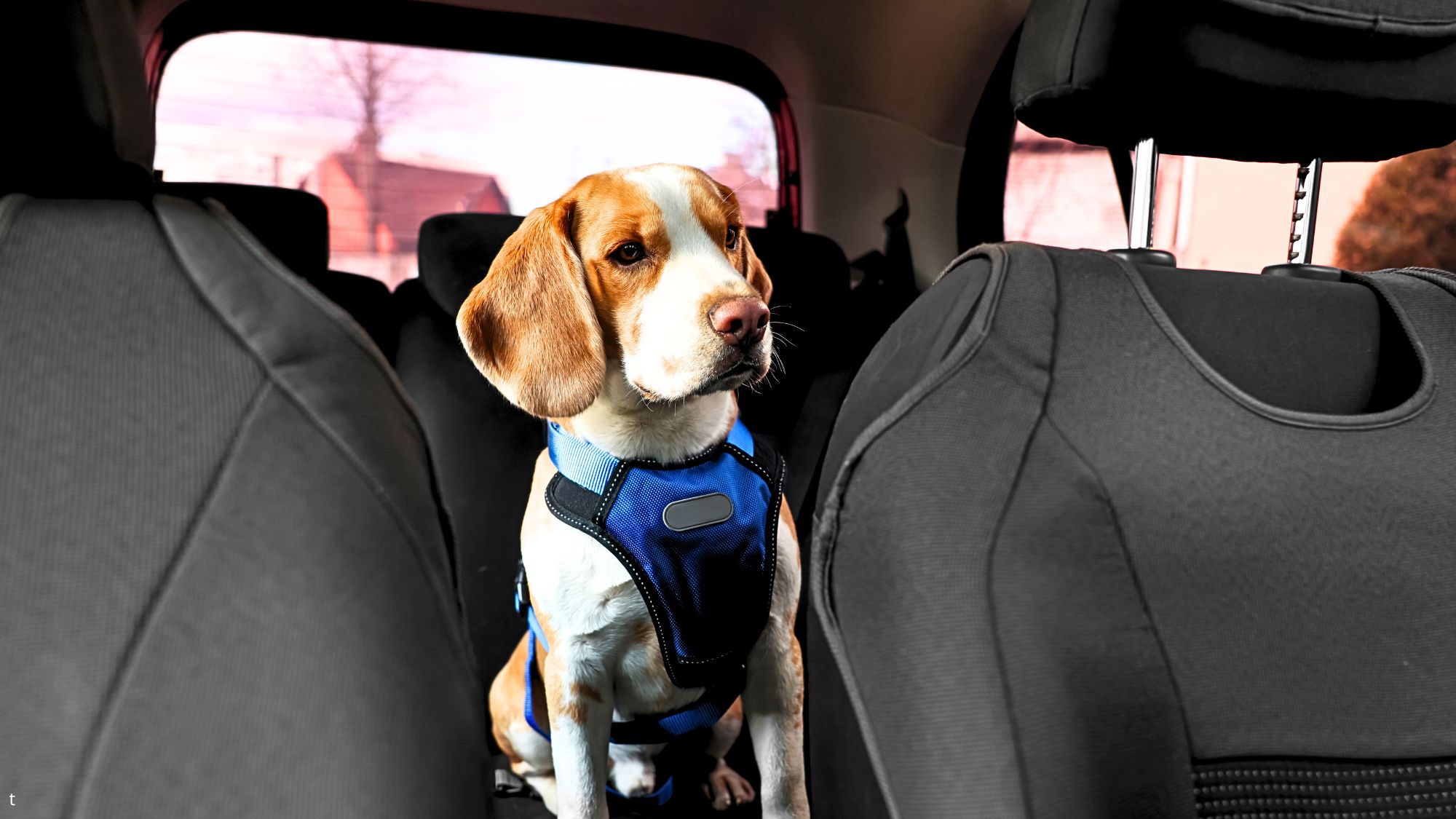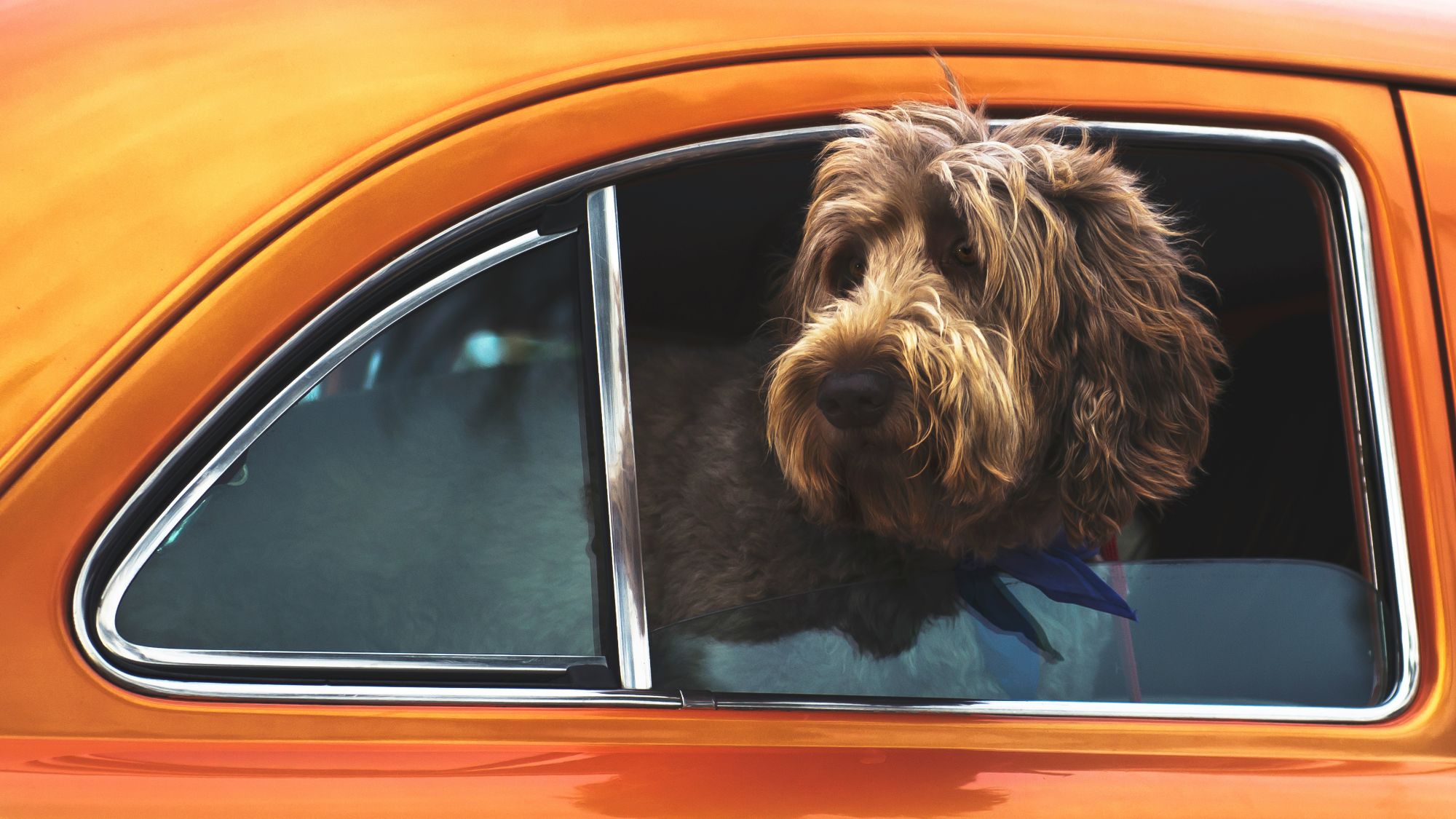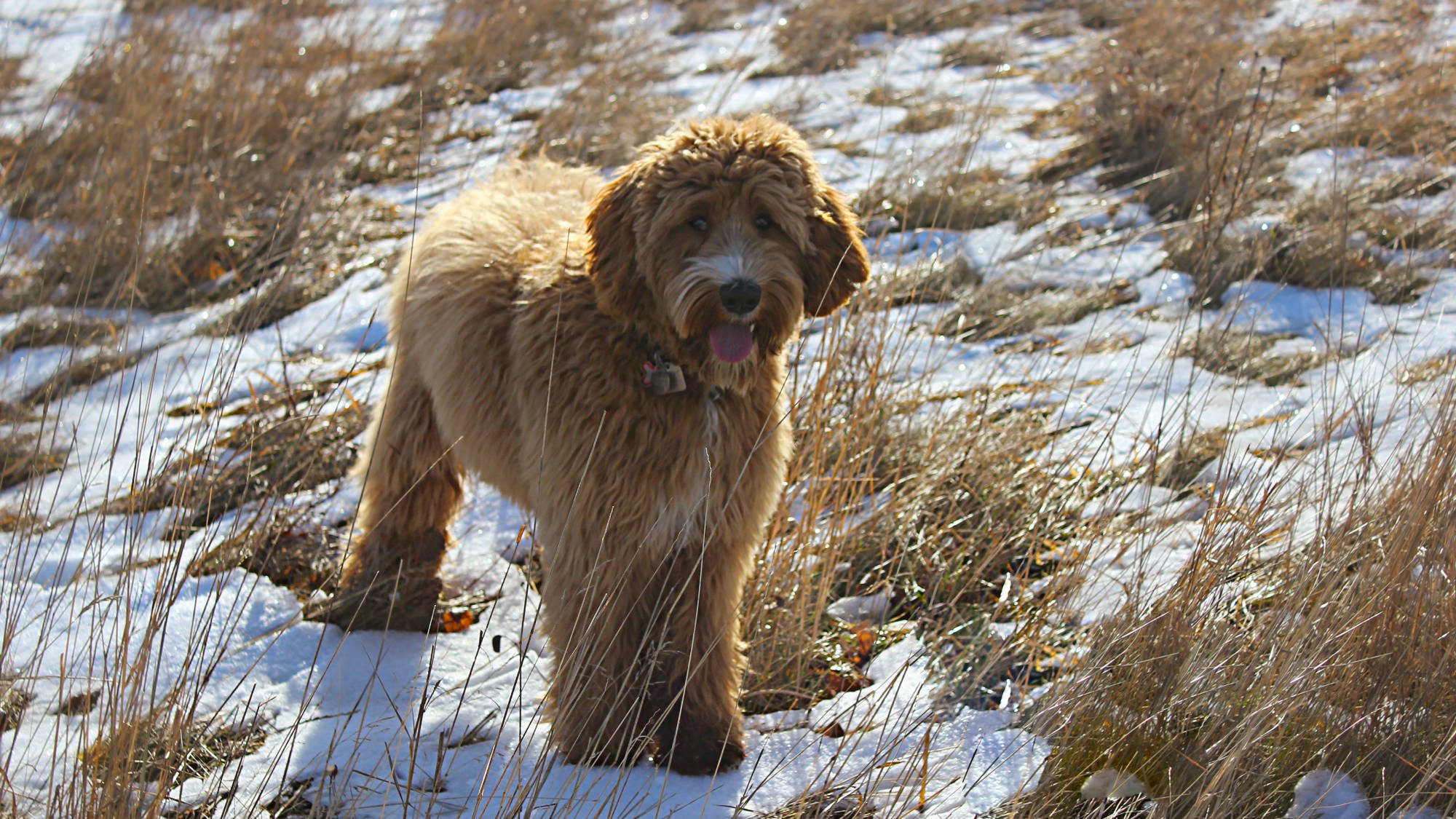Winter can be challenging for your furry companion, whether they love the cold or prefer snuggling indoors. Here are some winter care tips to ensure your canine friend stays safe and happy this season.
Table of Contents
- Is your dog cold?
- Preventing Winter Health Risks
- 18 Ways to Protect Your Dog in Winter
- 1. Temperature Considerations
- 2. Optimal Outdoor Timing
- 3. Controlled Outdoor Time
- 4. Cozy Bedding
- 5. Safe Heating Sources
- 6. Moisturizing Care
- 7. Proper Nutrition
- 8. Hydration Awareness
- 9. Regular Grooming
- 10. Paw Care
- 11. Snow Management
- 12. Supervised Play
- 13. Toxin Avoidance
- 14. Car Safety
- 15. Senior Dog Special Care
- 16. Indoor Exercise Alternatives
- 17. Protective Balms for Paws
- 18. Winter-Specific Dog Houses
- Embrace Winter Safely
Is your dog cold?
If it’s too cold for you without a coat, it’s likely too cold for your dog. Watch for signs such as whining, shivering, anxiety, or a desire to burrow.
Preventing Winter Health Risks
Frostbite and hypothermia are two serious cold weather conditions that demand attention to prevent harm to your dog.
Frostbite
Frostbite initiates when a dog’s body becomes excessively cold. Blood is drawn from the extremities to the core to maintain warmth, potentially leading to ice crystal formation and tissue damage in areas like ears, paws, or tail. Recognizing frostbite is tricky, with signs like pale or grey skin, hardness, and coldness. As the affected areas warm, severe pain can ensue, and skin may eventually turn black and slough off.
- Invest in protective gear like dog boots and jackets.
- Limit exposure during frigid temperatures.
- Inspect your dog regularly for signs of frostbite.
Hypothermia
This condition arises when a dog spends excessive time in the cold, gets wet, or has poor health or circulation in cold weather. Symptoms include shivering, cold ears and feet, depression, lethargy, weakness, stiff muscles, slowed heart and breathing rates, and unresponsiveness.
- Monitor your dog’s outdoor time in cold conditions.
- Dry your dog thoroughly after exposure to moisture.
- Provide shelter and warmth during chilly weather.
18 Ways to Protect Your Dog in Winter
Keep your dog warm and healthy with these winter care tips.
1. Temperature Considerations
Dogs with thin coats may benefit from sweaters or coats during winter walks. However, these won’t prevent frostbite on ears, feet, or tail, so limit outdoor time in freezing temperatures.
Product Link: Dog Base Layer Onesie or Extreme Warmer Dog Coat
2. Optimal Outdoor Timing
Walk your dog during warmer hours, like late morning or early afternoon, maximizing exposure to sunlight for essential vitamin D. Play fetch with safe toys, avoiding sticks that can cause injuries.
3. Controlled Outdoor Time
Even furry dogs can get cold in winter. Avoid leaving them outdoors for extended periods, and when you’re ready to come in, they likely are too.
4. Cozy Bedding
Aside from limiting outdoor exposure, ensure your dog’s bed is warm and insulated. Use warm blankets, raised beds, or heated pet beds to maintain comfort.
Product Link: Raised Bed Plush, Cozy Bed Canadian Made Dog Sweater
5. Safe Heating Sources
Prevent your dog from snuggling too close to space heaters or fireplaces, using radiator covers to avoid burns.
6. Moisturizing Care
Combat dry, flaky skin by adding skin and coat supplements or coconut oil to your dog’s diet. Topically apply coconut oil to dry paws, ears, or tail.
7. Proper Nutrition
Adjust your dog’s calorie intake based on their activity level. A high-quality, whole foods diet supports a healthy coat and energy levels.
8. Hydration Awareness
Dogs can dehydrate in winter. Ensure access to fresh water, keep water indoors, or use a heated bowl outside.
Product Link: Heated Stainless Steel Dog Bowl
9. Regular Grooming
Well-groomed coats insulate better. Dry your dog thoroughly after baths, especially before exposing them to the cold.
10. Paw Care
Trim hair between paw pads to prevent ice buildup. After walks, rinse or wipe paws to remove salt, which can burn and is toxic if ingested.
Product Link: Walkee Paws Deluxe Easy on Dog Boot Leggings
11. Snow Management
Pile snow away from fences to prevent escapes. Beware of snow and ice accumulation on rooftops, which can pose risks to dogs below.
12. Supervised Play
Take indoor breaks during play, ensuring your dog stays warm and hydrated. Be cautious of unfamiliar areas with potential hazards.
13. Toxin Avoidance
Winter brings antifreeze, a sweet-tasting yet extremely toxic substance. Keep your dog away from areas where antifreeze may be present, such as open pit work for cabling, or pipes.
14. Car Safety
NEVER leave your dog unattended in a car during winter, as freezing temperatures pose severe risks.
15. Senior Dog Special Care
Cold weather can worsen existing conditions in senior dogs, particularly arthritis. Maintain exercise with care, considering joint supplements.
Product Link: Glucosamine for Dogs – Hip and Joint Supplement
16. Indoor Exercise Alternatives
On bitterly cold days, opt for indoor exercises like puzzle toys or interactive games, like hide and seek, to keep your dog active and engaged. Did you know a 10-minute intense game of tug-of-war is equal to a 45-minute walk?
17. Protective Balms for Paws
Apply pet-safe paw balm to prevent cracking and irritation from ice, salt, or snow. This provides an extra layer of protection during outdoor activities.
Product Link: Musher’s Secret Pet Paw Protection Wax
18. Winter-Specific Dog Houses
If your dog spends extended periods outdoors, consider a winter-specific dog house with proper insulation to shield them from the cold.
Product Link: Outdoor Dog House Log Cabin Dog House Heater
Embrace Winter Safely
Embrace winter with these expanded tips, ensuring your loyal friend’s well-being during the season. Enjoy the snowy moments and cherish cozy winter cuddles with your canine buddy!








